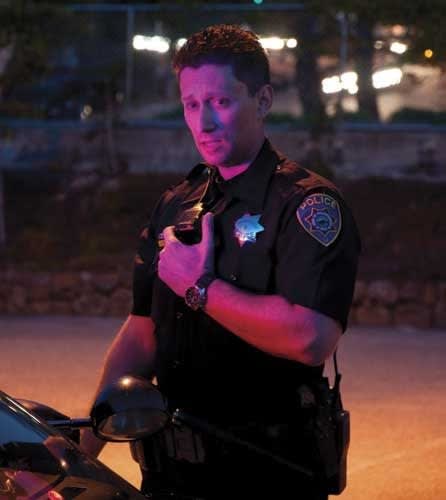"Communications tend to fail as soon as you need them," observes Bill Palmer, a Minneapolis sergeant who recently left his department's SWAT unit. "Mister Murphy is always around. We had an incident where a gun nut ran into the local community college in downtown Minneapolis, and we had to operate with multiple SWAT teams, including our teams, state teams, FBI, sheriffs, and a couple of local teams. The ability to communicate with the local teams was difficult and, with the Feds, it was nearly impossible."
Making it easier for different law enforcement agencies to communicate is one of the most critical issues in tactical communications. But it's not something that can be easily achieved.
To advance this effort, federal grants are increasingly being awarded to agencies so that they can purchase systems that are interoperable with other local, state, and federal public safety agencies.
Also, industry groups have been developing guidelines for interoperable systems. For example, the National Communications System (NCS) has encouraged enhanced features in tactical communications. Working with other entities such as the Association of Public Safety Communications Officials (APCO) International, the National Association of State Telecommunications Directors (NASTD), and selected federal agencies NCS helped establish Project 25 (P-25), a steering committee responsible for selecting voluntary common system standards for digital public safety radio communications.
P25-compliant systems may well address a number of technical and tactical issues that have historically hampered interagency communications: interoperability between analog and digital modes, transmission security, cost effectiveness, and upgradability. Such systems are increasingly being deployed in the field.













